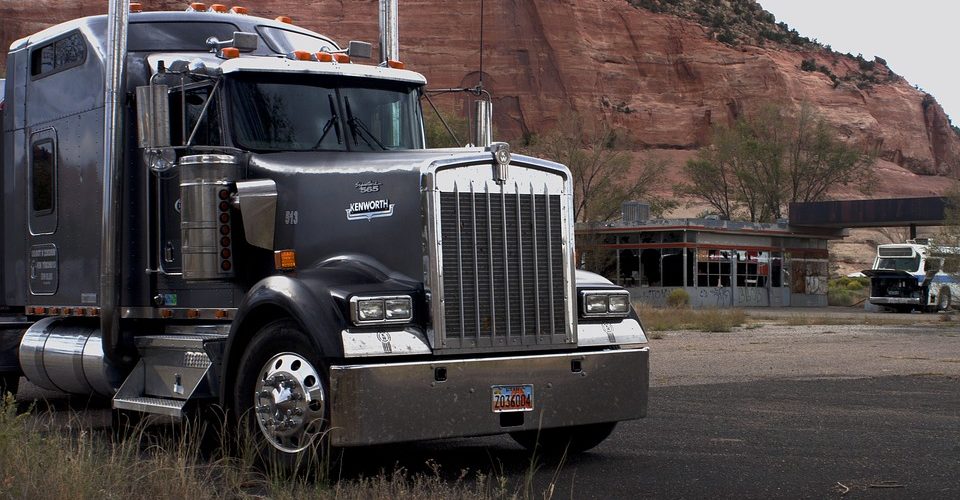Women make up 47 percent of the workforce but less than 10 percent of construction jobs, even though the industry is leading the way in workplace equity.
Ellen Voie, president and CEO of Women in Trucking (WIT), said she knows trucking within the construction industry is a welcoming environment and more women would love the freedom.
“[Women] look at the trucking industry and they see that it’s a male dominated environment, so, they don’t think they could fit in,” Voie said. “They’re wrong because they can [fit in]. The trucking industry really does want more women.”
However, according to WIT and the National Transportation Institute (NTI), last year female drivers increased from 7.13 percent to 7.89 percent.
The uptick could be the result of an increase in outreach programs and initiatives to encourage women to get behind the wheel.
These programs include Trucking HR Canada’s Supporting Women in Freight Transportation (SWIFT), changing recruiting ads to engage women, and locally, Southwest Truck Driver Training, a schooling opportunity through the Arizona Department of Transportation (ADOT) Construction Academy.
“Of the more than 600 people who have graduated from Construction Academy pre-apprentice training programs since they began in 2014, about 35 percent are women,” ADOT said in a press release.
Patricia McKinley, a mother of two and nursing student, attended the Southwest Truck Driver Training course after deciding she wanted a change.
“I wanted a change, my husband – because he’s a truck driver – said, ‘honey, come on and get your CDL [commercial drivers license] and you can drive the truck with me,’” McKinley said.
McKinley owns KHAVL Transport LLC with her husband and now operates an 18-wheeler.
“It’s freedom, it’s access to meeting new people. For me, it’s like, there’s a calm space. It’s something [where] we can get away from the day-to-day by being on the road, it’s not the same routine,” she said. “[It’s] access to having a different outlook every day.”
According to McKinley, women are migrating to construction jobs as they let go of preconceived ideas of what are “women jobs.”
“We can do anything. We can bake cakes, we can have babies, we can drive a big truck. Let’s do it! That’s how I’m helping women interested [by] letting them know of [other] avenues to be self-sufficient,” McKinley said. “The trucking industry, it embraces us. I didn’t have any issues whatsoever. I was the only woman in my class, but they embraced me, there was no favoritism.”
According to the U.S. Bureau of Labor Statistics, women in the United States, on average, earn 81.1 percent of what a man makes. In the construction industry women make 95.7 percent of what their male counterparts make.
“Companies are saying ‘wow we see the value that women bring, especially as drivers.’ Once you prove yourself, you’re very much accepted,” Voie said.
According to her, it’s also important to increase the number of women in management positions among trucking companies.
“Lots of studies have shown that when you have more [diversity of] people making decisions about the company, you get better output and better net return,” she said. “Women are more risk averse [and] will make decisions different than men. Women are also more collaborative, and team oriented. So, when you add women to the mix, the decision process is going to change.”
You can apply for ADOT’s Construction Academy online.
















Add comment